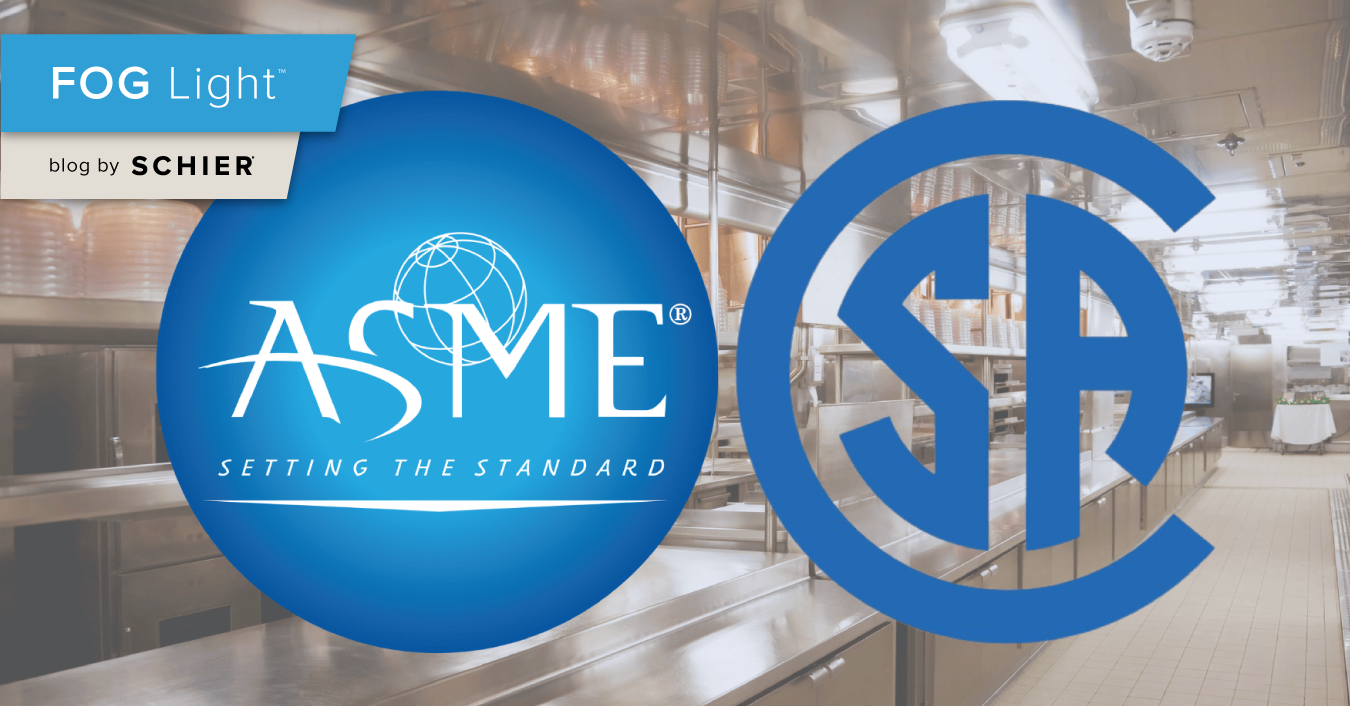May 22, 2023

In the world of plumbing fixtures and regulations, collaboration can be a game-changer. The recent harmonization efforts between ASME (the American Society of Mechanical Engineers) and CSA (Canadian Standards Association) mark a significant milestone in streamlining the standards governing a particular group of plumbing fixtures for use in North America. But what does this harmonization mean for the industry and its stakeholders?
Why Harmonize Standards?
First, it's important to understand why harmonization matters.
The goal is simple: to have a single standard that regulates the design, manufacturing, and testing of specific products for both the United States and Canada. By aligning these standards, the aim is to eliminate the redundancy of writing separate standards for the same products in different countries. This harmonization is a win-win for manufacturers, as it allows them to focus on producing products that meet a common standard, saving time, effort, and resources.
Hydromechanical Grease Interceptors (HGIs): A Case in Point
One plumbing fixture category benefiting from this harmonization is hydromechanical grease interceptors. These essential devices play a critical role in trapping grease and preventing it from entering our drainage systems. In North America, HGIs are governed by two key standards: the U.S. standard A112.14.3 and the Canadian standard CSA B481.1.
The newly harmonized standard brings clarity and consistency to these regulations, specifying construction and marking requirements, as well as the performance criteria for the testing and rating of HGIs. What are some of the notable harmonized components of these standards?
1. Updated Reference Standards: The harmonized standard references the current year, ensuring that the latest standards are being used. This includes the incorporation of new harmonized standards.
2. Functional Leakage Requirement: The interceptor is now required to be equipped with a watertight cover, preventing unwanted leaks and ensuring optimal performance.
3. Sizing and Installation: Combining elements from both A112.14.3 and CSA B481.1, the harmonized standard offers a comprehensive approach to sizing and installation, catering to the unique needs of both countries.
4. Recognition of Types A, B, C, and D: The harmonized standard maintains the recognition of these different HGI types, allowing for flexibility in product offerings.
5. Clarification of Testing Procedures: Procedures above 100 GPM are clarified, ensuring consistency and reliability in testing methods.
6. Calculation of Flow Rates: When combining flow rates from multiple sinks, the harmonized standard mandates that the flow rates for each sink are calculated individually and then added together.
7. Type D Testing: Clarifications on Type D testing provide a more comprehensive understanding of requirements.
8. Floor Sink Requirements: Requirements for indirect connections through floor sinks are clearly defined, ensuring a standardized approach.
The Path to Harmonization
The journey to harmonization has been one of collaboration, dedication, and careful consideration. CSA and ASME worked together to create this harmonized standard, which was published in June 2022 and received final approval in January 2023. It's a testament to the commitment of both organizations to simplify the regulatory landscape and enhance product quality.
For manufacturers, this harmonized standard streamlines the design, testing, and production of HGIs that meet the criteria of both the U.S. and Canada. It's a step towards more efficient processes, reduced costs, and a brighter, harmonized future for the industry.
As we continue to advance in the world of plumbing standards, harmonization efforts like these ensure that the plumbing fixtures we rely on daily are not only effective but also consistent in their quality and performance.